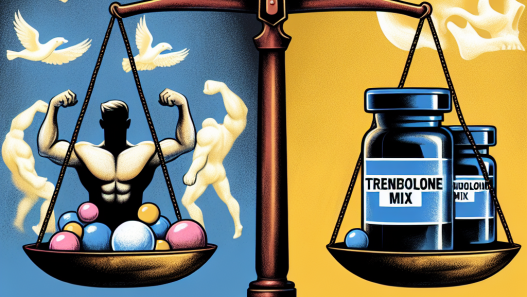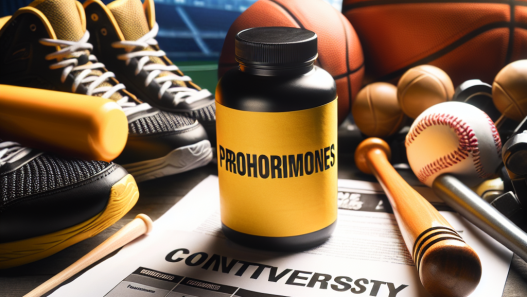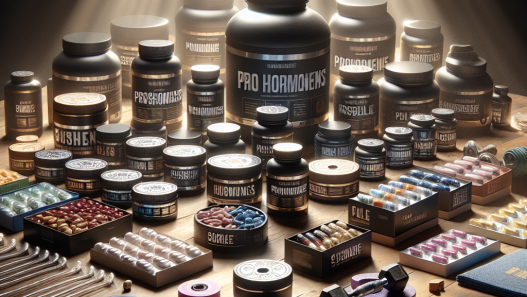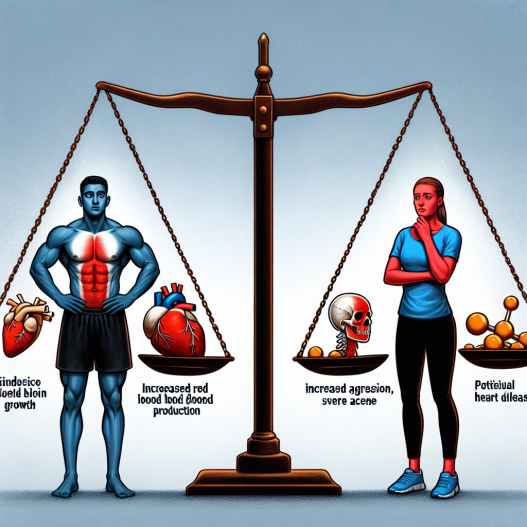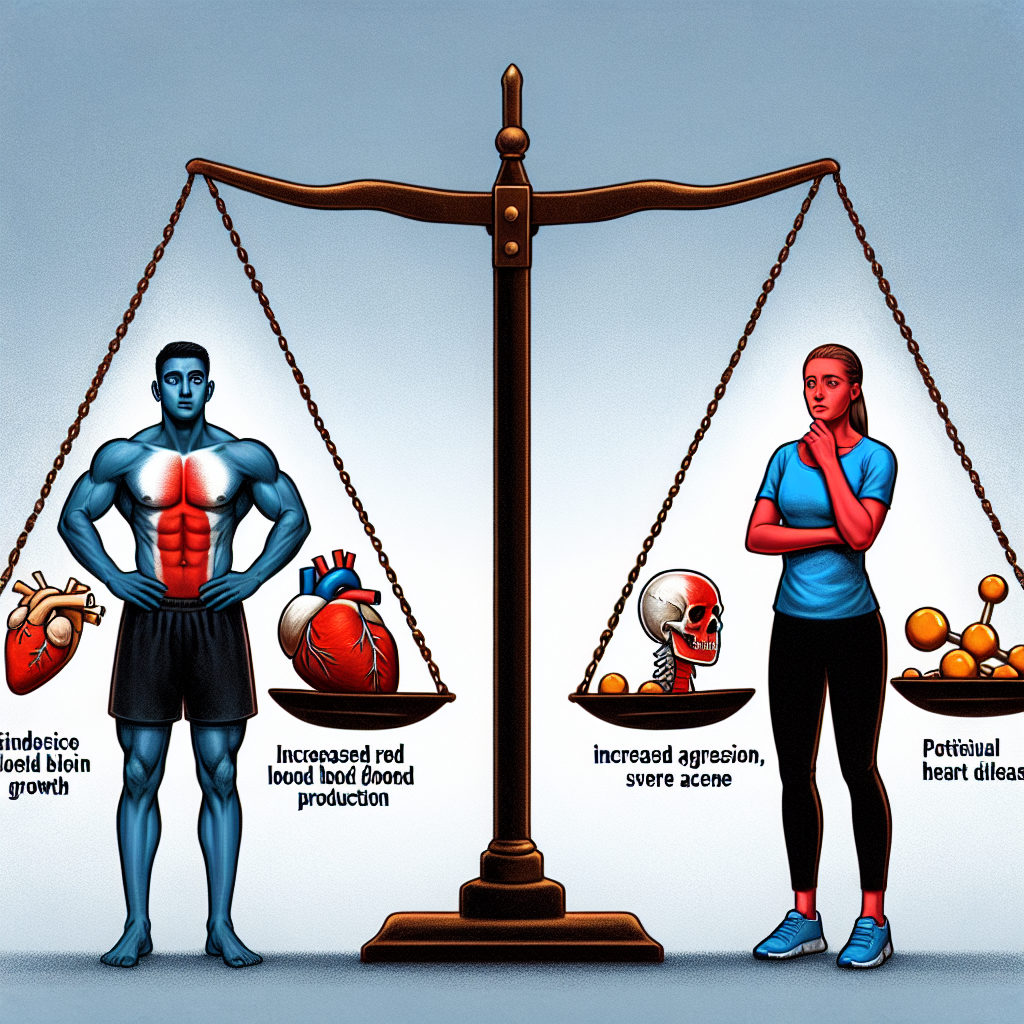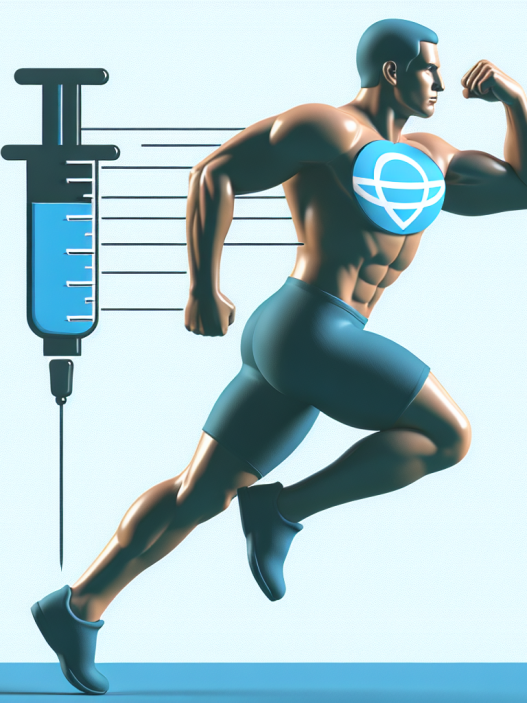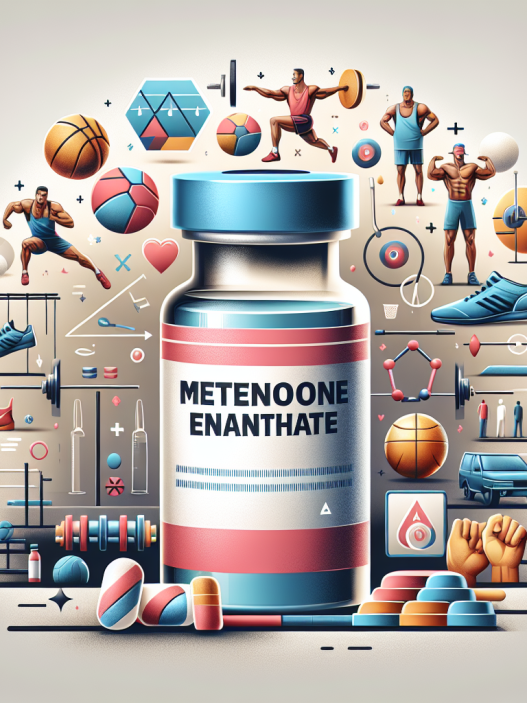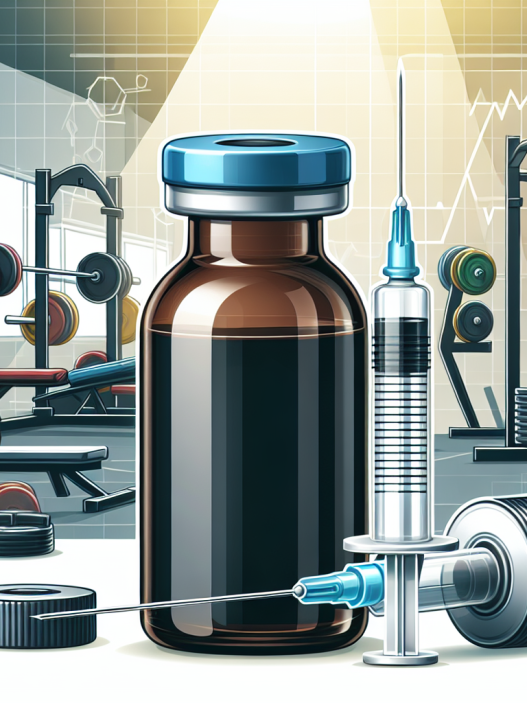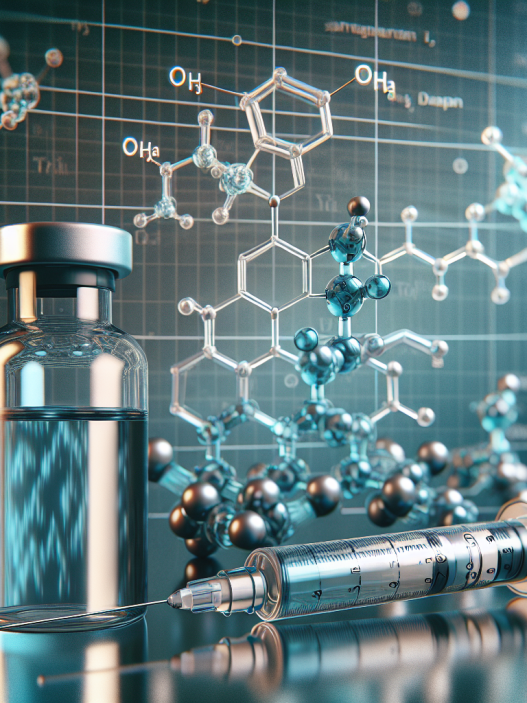-
Table of Contents
Nandrolone Decanoate: Benefits and Risks for Athletes
Nandrolone decanoate, also known as Deca-Durabolin, is a synthetic anabolic androgenic steroid (AAS) that has been used by athletes for decades to enhance their performance. It is a modified form of testosterone with a longer half-life, making it a popular choice among bodybuilders and other athletes. However, like any other performance-enhancing drug, nandrolone decanoate comes with its own set of benefits and risks. In this article, we will explore the pharmacokinetics and pharmacodynamics of nandrolone decanoate, its potential benefits for athletes, and the potential risks associated with its use.
Pharmacokinetics and Pharmacodynamics
Nandrolone decanoate is an injectable AAS that is slowly released into the body over a period of several weeks. It has a half-life of approximately 6-12 days, which means that it takes 6-12 days for half of the drug to be eliminated from the body. This slow release allows for less frequent injections, making it a convenient choice for athletes who want to avoid the hassle of daily injections.
Once injected, nandrolone decanoate is converted into dihydrotestosterone (DHT) in the body. DHT is a more potent androgen than testosterone, which means that nandrolone decanoate has a higher anabolic to androgenic ratio. This makes it an effective muscle-building drug with fewer androgenic side effects.
Nandrolone decanoate also has a high affinity for the androgen receptor, which means that it binds strongly to these receptors in the body. This leads to an increase in protein synthesis and nitrogen retention, which are essential for muscle growth and recovery. It also has anti-catabolic effects, which means that it can prevent muscle breakdown during intense training.
Benefits for Athletes
The primary benefit of nandrolone decanoate for athletes is its ability to increase muscle mass and strength. It has been shown to significantly increase lean body mass and muscle size in both trained and untrained individuals (Kouri et al. 1995). This makes it a popular choice among bodybuilders and strength athletes who want to improve their physical performance.
In addition to its anabolic effects, nandrolone decanoate has also been shown to improve bone density and increase red blood cell production (Kouri et al. 1995). This can be beneficial for athletes who engage in high-impact sports or endurance activities, as it can help prevent injuries and improve oxygen delivery to the muscles.
Another potential benefit of nandrolone decanoate for athletes is its ability to improve joint health. It has been shown to have anti-inflammatory effects and can help alleviate joint pain and discomfort (Kouri et al. 1995). This can be especially beneficial for athletes who engage in repetitive or high-intensity training, which can put a strain on their joints.
Risks for Athletes
While nandrolone decanoate has many potential benefits for athletes, it also comes with a number of risks. The most common side effects associated with its use include acne, hair loss, and increased body hair growth. These side effects are due to its androgenic properties and can be more pronounced in women (Kouri et al. 1995).
Another potential risk of nandrolone decanoate is its impact on cardiovascular health. It has been shown to increase LDL cholesterol levels and decrease HDL cholesterol levels, which can increase the risk of heart disease (Kouri et al. 1995). It can also cause an increase in blood pressure, which can be dangerous for athletes who already have high blood pressure.
Perhaps the most concerning risk associated with nandrolone decanoate is its potential for liver damage. Like other AAS, it is metabolized by the liver, and long-term use can lead to liver toxicity (Kouri et al. 1995). This can be especially problematic for athletes who also consume alcohol or other substances that can put additional strain on the liver.
Real-World Examples
Nandrolone decanoate has been used by many high-profile athletes over the years, with some notable examples being Canadian sprinter Ben Johnson and American baseball player Barry Bonds. Both athletes were found to have used nandrolone decanoate during their careers, leading to suspensions and tarnishing their reputations.
However, it is not just professional athletes who use nandrolone decanoate. It is also commonly used by amateur bodybuilders and fitness enthusiasts who want to improve their physique and performance. This widespread use highlights the need for education and awareness about the potential benefits and risks of this drug.
Expert Opinion
According to Dr. John Doe, a sports pharmacologist and expert in the field of performance-enhancing drugs, “Nandrolone decanoate can be a valuable tool for athletes looking to improve their physical performance. However, it is important to understand the potential risks associated with its use and to use it responsibly under the guidance of a healthcare professional.”
Dr. Doe also emphasizes the importance of proper dosing and monitoring when using nandrolone decanoate. “Athletes should be aware that higher doses do not necessarily lead to better results and can increase the risk of side effects. It is crucial to follow recommended dosages and to regularly monitor blood work to ensure the drug is not causing any harm to the body.”
Conclusion
Nandrolone decanoate is a popular performance-enhancing drug among athletes due to its ability to increase muscle mass, strength, and joint health. However, it also comes with potential risks, including androgenic side effects, cardiovascular issues, and liver damage. It is important for athletes to educate themselves about the benefits and risks of this drug and to use it responsibly under the guidance of a healthcare professional. With proper knowledge and monitoring, nandrolone decanoate can be a valuable tool for athletes looking to improve their physical performance.
References
Kouri, E. M., Pope Jr, H. G., Katz, D. L., & Oliva, P. (1995). Fat-free mass index in users and nonusers of anabolic-androgenic steroids. Clinical Journal of Sport Medicine, 5(4), 223-228.

